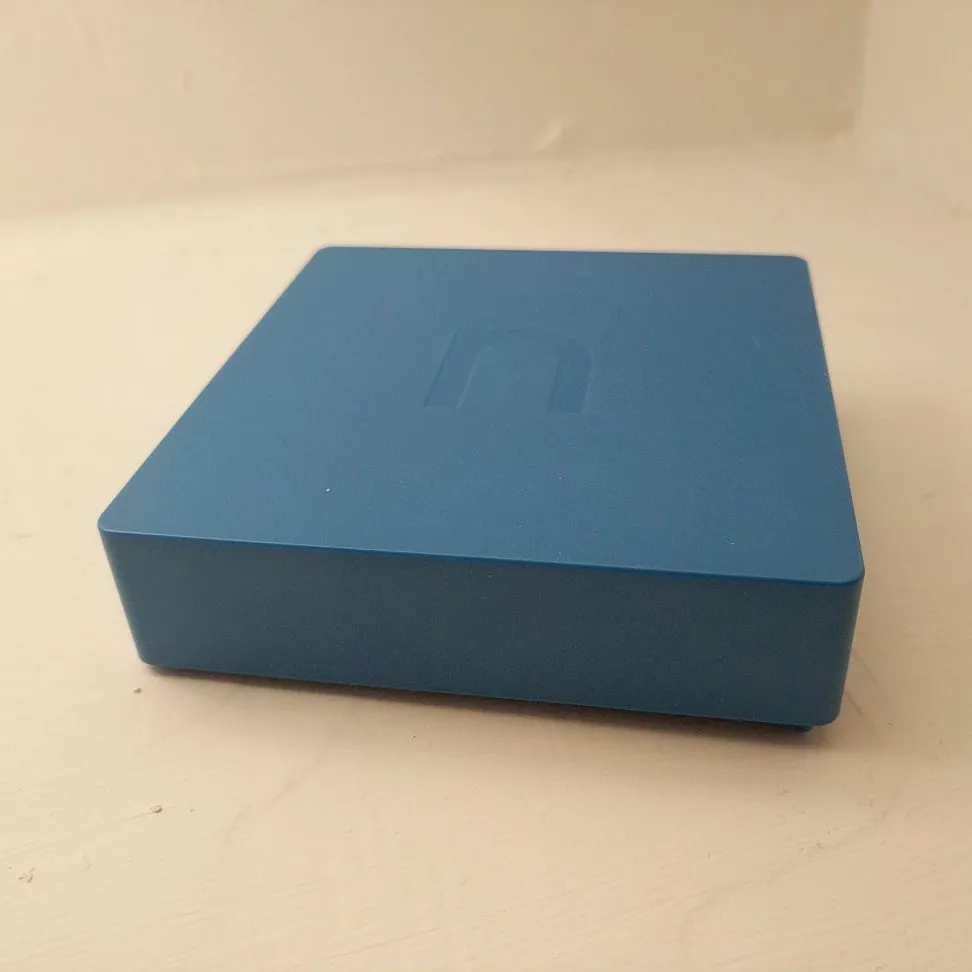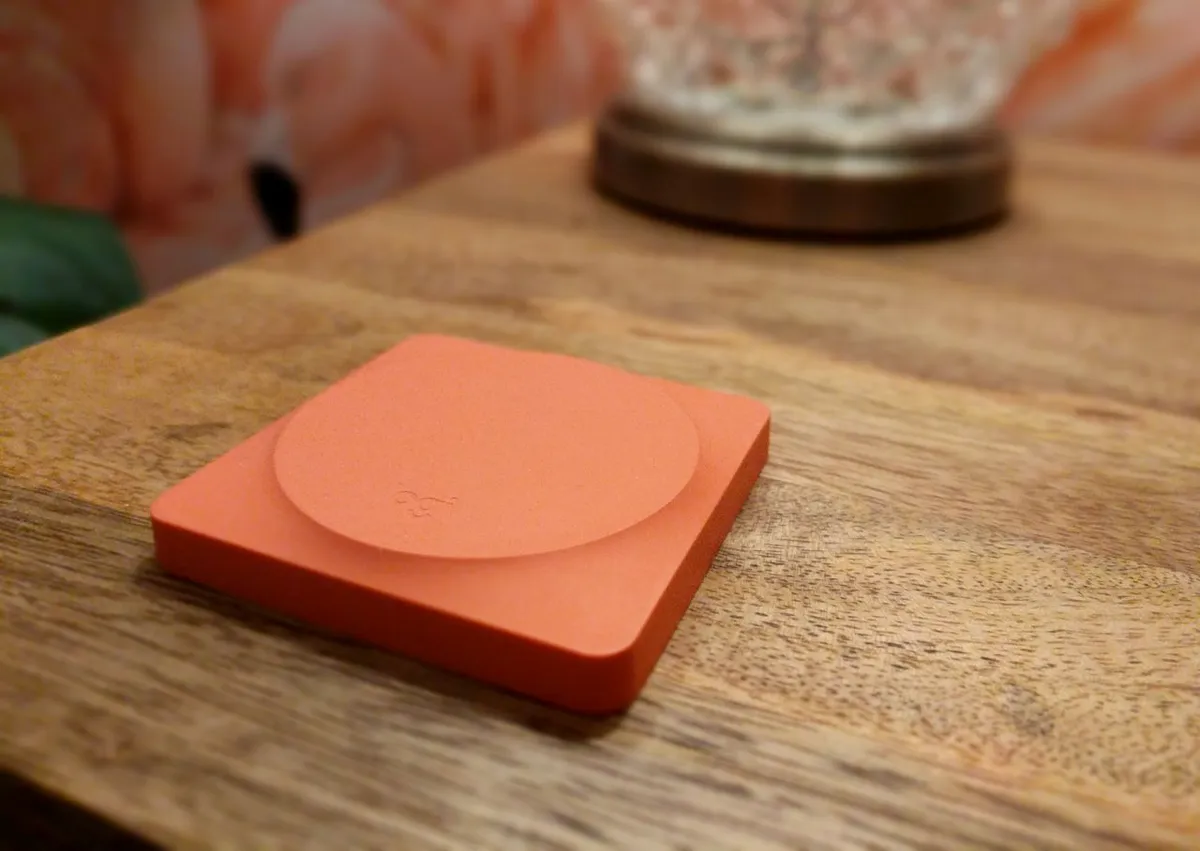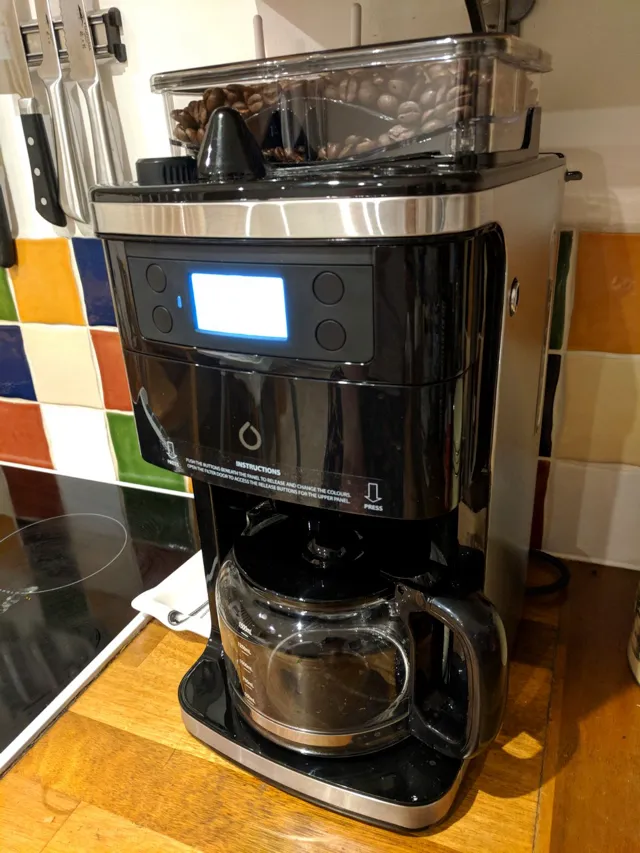Your house might be filled with the best smart home tech, but are they really working as hard as they really could be? There are plenty of benefits to having your thermostat hooked up to the internet, or having lights that change colour on a whim, but there are also a lot of gadgets out there that’ll help you get even more out of your smart home, and even sneak a few precious minutes of your day back again.
Here’s a quick jaunt through some of the smart gadgets that have helped give my internet-enabled house a bit of a speed boost:
AmpliFi HD Wi-Fi mesh
Set up time:10 minutes
Time saved:However long you are willing to wait while iPlayer buffers
From £157.02,www.amplifi.com

If you’re going to speed up your smart home, you might as well start at the glue that holds the whole thing together – your Wi-Fi connection. When you sign up to an internet service provider, although advertised speeds typically range between 17Mbps and 200Mbps, this can plummet the moment you unplug the Ethernet cable and go wireless. It sounds cruel, but pesky things like walls and floors can block Wi-Fi signals, making them weaker, and of course not all wireless routers were made equal when it comes to delivering said speed.
Wi-Fi meshs help things along by acting as plug-in waypoints throughout your house, connecting to the router and boosting the signal so that it can reach those nooks and crannies with relative ease. In the case of the AmpliFi HD, it turns the speed dial up to 11 along the way.
My very old house is basically an 18th Century Faraday cage, with thick stone walls and an idiosyncratic layout, so is besieged with internet blackspots. The only place to get reliable Wi-Fi is in the living room, next to the router, which is no fun at all if you want to watch iPlayer in bed.
Setting up the AmpliFi HD Wi-Fi mesh is a doddle, and it took only about 10 minutes before I was watching Top Gear anywhere but the living room. The unit itself is a neat looking white cube with a circular touch screen display, which you plug into your existing router with an Ethernet cable. After a few minutes tinkering at settings on the app and plugging in the two accompanying MeshPoints (range-extending antennas) in convenient places around the house you are ready to go.
Because it connects to your original router via a cable, it takes the full whack of whatever speed your provider can squeeze down the phone line, and then pumps it out using its own, dedicated antenna, helped along by the MeshPoints.
When tested, I was able to get a connection in hitherto unknown parts of the house, and at decent speeds as well. In the living room I had a 10x boost in download speeds (9.73Mbps->90.5Mbps), and the garden, which previous had a big, fat 0Mbps jumped to a perfectly respectable33.2Mbps.
If you’re going to have a lot more smart gadgets leeching your bandwidth, getting a mesh is a sure fire way to makethings work in even the most awkward spots.
Alternatives:Google Wi-Fi, BT Whole Home Wi-Fi, Netgear Orbi RBK30
nCube smart home hub
Setup time:20 mins
Time saved:Those vital seconds between smart home bliss and throwing all your new gadgets out the window
£149,ncubehome.co.uk

Smart homes need smart hubs. Ok, that's not strictly true, you can always use a different app every time you want to change something in your house, like cranking up the heat up on your thermostat or turning your smart lights to a more alluring colour, but there are definitely times that you want to set the mood with as few presses as possible. The nCube is a small (110x110x27.5mm), blue device that hooks up to your router and connects your smart devices together so that they can all be controlled under one app.
The device itself doesn't take too long to hook up to your smart home, it's a case of plugging it into your router using the LAN cable, firing up the app and inputting a code that's on the bottom of the unit. It does work over wireless as well, but for something that I'm using to speed things up I decided the benefit of a fast connection outweighed the use of an ethernet port (especially given the many at my disposal thanks to the AmpliFi).
From there, the nCube will scan your network for devices, which can all be individually controlled from within the app, and then it's up to you to create "cubes". Theseare basically a set of multi input-output commands that are carried out by the device, not the individual apps. As they are all controlled from one single spot, there is no lag between each of the devices' actions kicking in, and because it acts as a sort of mini dedicated home server, it'll run all your automated actions whether you are connected to the internet or not.
You can also control smart devices individually or room by room, and the although the list of devices supported isn't huge just yet, the most popular, like Nest, Hue, LIFX and Sonos, are all in there, and Bluetooth and Z-Wave devices are also compatible.
So, let's take the example I want to start an impromptu party in my living room, something that as I get older am more prone to say "naah, can't be bothered" if the process isn't spontaneous enough. From the nCube app I start a cube (let's call it "Party like it's 1999") that'll turn my Nest down to a disco appropriate temperature, turn the Hue lights purple and blast Prince's 1999 out of every room. It's also hooked up to a contacts group on phone and send them a pithy message, like "Party... at mine... NOW!". Of course, it has no control as to how many of them actually turn up...
But ultimately it is home automation where the nCube really shines.Even if you're not at home or someone has inconsiderably yanked a cable out somewhere, the device can still handle all the cubes and devices without needing to connect to the internet, so you can be sure your heating will still tick over, and your lights switch on andoff to hoodwink any local burglars if you're out (or asleep).
Alternatives:Amazon Echo Plus,Samsung SmartThings, Logitech Harmony Hub
Logitech POP
Setup time:seconds
Time saved:many, many, many seconds
£34.99-79.99,www.logitech.com

One simple fact of life with the majority of smart home tech is that you will, at some point, have to interact with your phone or tablet if you want to kick things off. Be it to turn off an alarm, change the lighting or answer the doorbell (see the Ring Video Doorbell 2 below), without a phone, you generally have no way of interacting with the device in question.
Simply put, the Logitech is little more than a button with three different settings - one press, a double press, or a long press - but with each one you can set it up to command your smart gadgets to do any number of things.
For example, I set this one up to turn the dim the Hue lights on/off with a short press for bedtime, turn the coffee machine and Sonos on in the kitchen with a double press for my morning ritual, and a long press to arm the security cameras on those long, dark winter nights.
Set up is very easy, you just plug the hub into an available socket, connect it up via the app and then stick your button wherever you want it – simples. From then on you just have to use the app to set up what each press does, and it integrates with a good number of devices natively, with IFTTT integration for everything else.
With this smart button, it’s very much a case of marginal gains, but if you think of the many time you might use these different actions every day and the ease at which the POP does it, the time saved definitely builds up over time.
Alternatives:Flic smart button,Hue Tap
Ring Video Doorbell 2
Set up time:30-60 minutes
Time saved:hours of chatting to travelling salesmen and ferrying back and forth from the Post Office
£179,ring.com/video-doorbell-2

How, I hear you ask, can a doorbell help you live your life a little bit quicker? Well for a start it doesn’t speed anything up, let me be clear, but what it can do is save you an inordinate amount of time doing things you’d rather not.
For example, you are at home quietly having a cup of tea watching the tele and you get a knock at the door. You aren’t expecting anyone, but, as is the done thing to do, you answer, only to be confronted by a pushy charity worker or someone extoling the virtues of their particular brand of piety.
The Ring Video Doorbell 2 is the new device from one of the biggest names in smart doorbells (even more so since they were recentlyacquired by Amazon), and is exactly what you would expect - a doorbell with a video camera. So now, when the doorbell rings you can open up the app to see who is there before you potter to the door.
Setup is pretty easy, and Ring have included everything you need in the box to help you speed though the process. There is a drill bit for making the necessary holes in your walls to secure it (don’t want anybody walking off with your doorbell now), and the instructions are clear and easy to follow, but the time it takes will vary depending on whether you hardwire it in or go with the battery.
Battery is quicker to install, and comes with an anti-theft screw so any would-be thieves can’t walk off with, but obviously hard-wired is more reliable and means you don’t need to recharge the battery every 6-12 months (though that is hardly a chore). Once in place, it doesn’t take much longer to get the app up and running, and your doorbell hooked up.
From that point on you can peer at whoever is loitering outside your door in glorious 1080p and decide whether they are worth letting your tea go cold for.
Alternatives:SkyBell HD, Nest Hello (available later this year)
Smarter Coffee 2.0
Set up time:15 minutes
Time saved:10 minutes every morning and the time it takes to get back to work when you fall asleep on your commute and miss your stop
£179.99,smarter.am/coffee

Mornings are rubbish – not only do they mark the end of a good night’s sleep, they also signify the beginning of a day at work. Don’t get me wrong, it’s not that I don’t love my job, I just prefer sleep, and more so not being tired. Coffee is good for that. A good strong hit of coffee in the morning is usually enough to get me through those early hours before elevenses.
Sadly, like most of us, sleep tends to get the better of me. Most of my mornings are spent hastily cobbling together some jam on toast, performing one’s ablutions and running out the door. And then you run the risk of passing out on the train, sleeping through your stop (again) and ending up in some business park on the edge of civilisation. All because I didn’t get a morning cup of Joe.
Coffee is the panacea of all morning woes in my opinion, but clearly I don’t have the time to make a cup. Fortunately the Smarter Coffee 2.0 speeds the whole process up before I’m out of bed. This Wi-Fi-enabled coffee machine looks like any other, but because of its Alexa integration you can actually bark orders at it from the comfort of your bed in the morning to get a brew on the go (or for a slightly quieter option, use the app or set it on a timer). Then, by the time you’ve dozily shuffled your way into the kitchen, a toasty-warm, delicious-smelling jug of the black stuff is waiting for you.
Of course, you still have to clean the thing afterwards, and the noise of grinding beans first thing in the morning won’t be music to the ears of everyone, so I found setting everything up the night before worked best.
With that guaranteed hit of coffee you will have a bit more zip about getting ready and find yourself practically skipping out the door, and with caffeine now flowing through your veins you’re safe from snoozing through your stop.
Setup is pretty standard for a device of this type - plug in coffee machine, add beans and water, hook up to the internet - and connecting to the app involves what can only be described as magic (or just, you know, science), by holding a flickering mobile screen to the coffee machine’s display. From there you can adjust how strong you want your coffee, how many cups to make, and how much water you have left in the tank.
Although strictly speaking it won’t make your smart home any faster, it’ll certainly help speed up the synapses first thing.
Alternatives:iKettle (for tea lovers), Jura Z8, Behmor Connected Coffee Maker